20+ Years Experience
Specialist Playground Painting
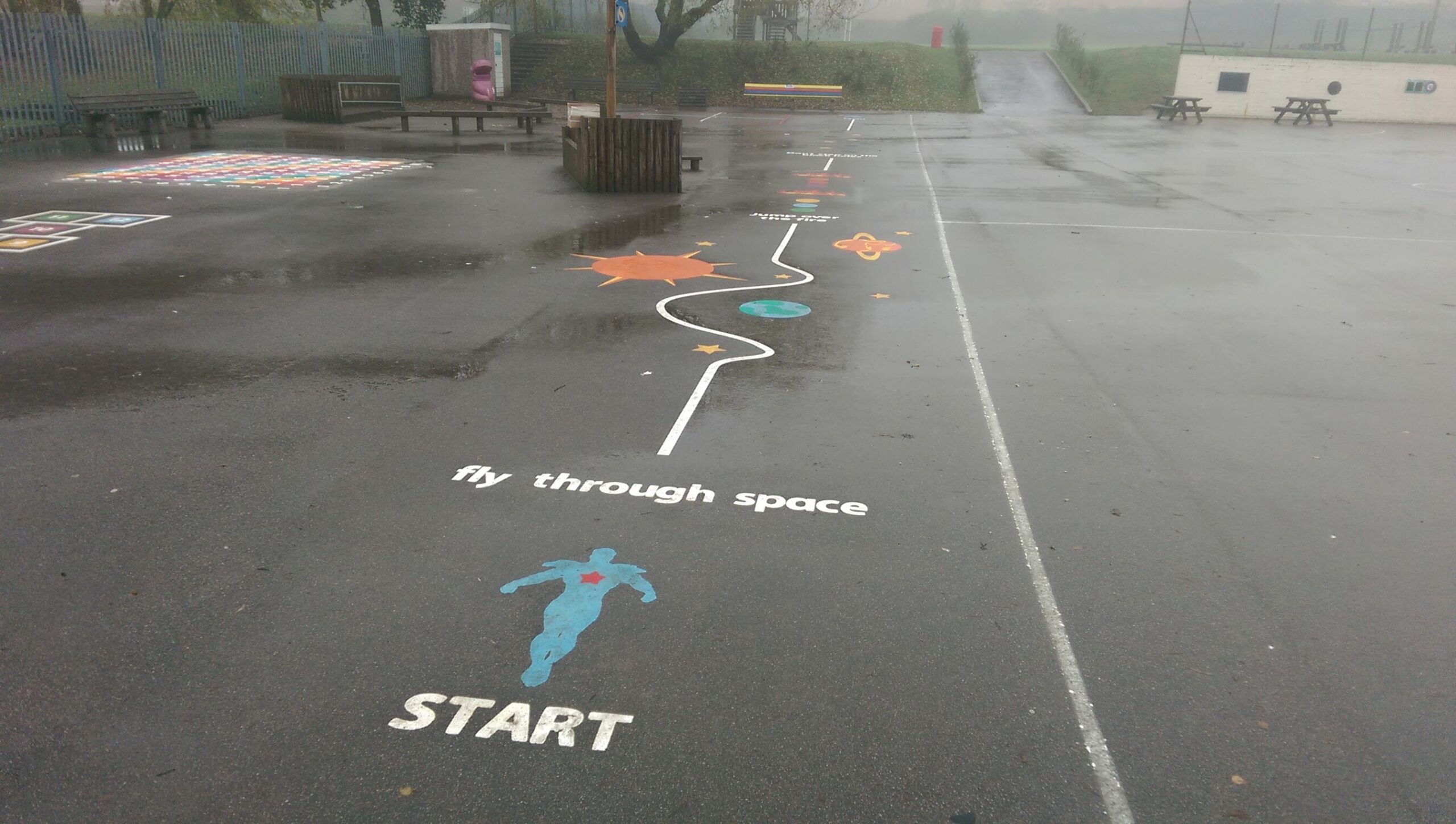
Enquire Today For A Free No Obligation Quote
Imaginative play, also known as pretend play or make-believe play, is a type of play where children use their imagination to create and act out scenarios, characters, and environments.
This type of play is essential for children’s development as it allows them to explore and make sense of the world around them in a creative and playful way.
To encourage imaginative play, parents, caregivers and teachers can provide open-ended playground markings, toys and materials, such as building blocks or dress-up clothes, that allow children to use their imagination to create various scenarios and characters.
Innovative playground games, such as ‘The Floor is Lava’ or ‘Hospital,’ can also be incorporated to boost creativity and imagination in play.
Traditional playground games, such as tag or hide-and-seek, can also be adapted for imaginative play by adding a theme or storyline to the game. For example, tag can become a game of superheroes chasing villains, or hide-and-seek can become a game of hide-and-seek in a magical forest.
Materials for imaginative play can range from simple household items like cardboard boxes and old clothes to more advanced toys and props. Natural materials, such as sticks, rocks, and leaves, can also be incorporated to enhance imaginative play and allow children to connect with nature.
Technology can also be used in imaginative play, such as using a tablet to create and photograph a ‘zoo’ with stuffed animals or using a smartphone to record and act out a play.
Parents and teachers can support imaginative play by creating a safe and supportive environment, providing open-ended toys and materials, and joining in on the play. They can also encourage children to use their imagination by asking open-ended questions and allowing them to take the lead in play.
Incorporating imaginative play into school curriculums is also beneficial as it can enhance learning and creativity in a fun and engaging way. This can be done by incorporating activities such as storytelling, pretend play, and creating puppet shows into lesson plans.
Imaginative play is a crucial aspect of children’s development and can be encouraged through various means such as providing open-ended materials, incorporating innovative playground games, and utilising technology.
By promoting imaginative play, parents, caregivers, and educators can help children develop important skills and nurture their creativity.
Imaginative play refers to unstructured, spontaneous play where children engage in make-believe scenarios, often using props, costumes, or their surroundings to create a fictional world. This type of play allows children to develop creativity, problem-solving skills, and emotional intelligence, fostering their cognitive and social development.
To encourage imaginative play, provide open-ended toys like building blocks, costumes, and art materials. Outdoor environments with natural elements can also stimulate imaginative play, such as treehouses, sandboxes, and climbing structures.
If you would like to find out more about how our playground painting can encourage imaginative play, please get in touch with our team!
Imaginative play offers numerous benefits for children, fostering cognitive, social, and emotional development.
In summary, imaginative play is a crucial aspect of childhood development, contributing to cognitive, social, emotional, language, and physical growth. It enhances a child’s overall well-being and prepares them for various aspects of life.
Encouraging imaginative play in children involves creating an environment that fosters creativity, providing tools and opportunities for exploration, and supporting their natural inclination for make-believe. Here are some strategies to encourage imaginative play:
Innovative playground games can spark creativity and sociability in children. One example is ‘Freeze Dance,’ where kids dance freely to music and freeze when the music stops, encouraging self-expression and motor skills.
‘Story Stones’ involve painted rocks with pictures, inspiring storytelling and imagination.
‘Sensory Scavenger Hunt’ prompts kids to find items based on texture or colour, boosting sensory awareness and teamwork.
Adapting traditional playground games for imaginative play can add an extra layer of creativity and fun. Here are some ideas to infuse imaginative elements into classic playground games:
Encouraging imaginative play within traditional games not only enhances the fun but also stimulates creativity and storytelling. The key is to incorporate elements that spark the imagination and allow children to explore new worlds through play.
Imaginative play can be enhanced with a variety of materials, including:
Use natural materials such as sticks, stones, and leaves to create imaginary worlds and structures.
Encourage children to build forts or fairy houses using natural elements found in outdoor settings.
Integrate natural materials into art projects, like creating leaf collages or nature-inspired sculptures.
Incorporate natural items into dramatic play, such as using shells as treasure or turning pinecones into magical creatures.
Technology can enhance imaginative play by offering interactive apps, virtual reality experiences, and educational games. These tools can stimulate creativity and problem-solving skills in children.
For instance, digital storytelling apps allow kids to create and share their imaginative narratives, expanding their storytelling abilities. However, technology should be used in moderation to ensure a balance with traditional play activities.
Encouraging imaginative play in children can be achieved through simple yet effective strategies.
Provide open-ended toys like blocks, dress-up clothes, and art supplies to stimulate creativity.
Engage in make-believe play with your child, taking on different roles to ignite their imagination.
Offer unstructured playtime, allowing children to explore and invent their own games and scenarios.
Encourage outdoor play to inspire imaginative adventures and provide diverse stimuli.
Designate a dedicated play area free from hazards. Ensure the space is well-supervised but allows for independence. Provide a variety of props and materials to stimulate creativity. Encourage open-ended play without strict rules or guidelines.
Participate in imaginative play to demonstrate its value and foster connection. Engage in imaginative play alongside children, offering praise and interest in their creations to bolster confidence and enthusiasm.
To encourage children to use their imagination in play, parents can introduce open-ended toys like building blocks, dolls, or dress-up costumes. Engaging in pretend play with children, providing unstructured playtime, and limiting screen time can also foster imagination.
Additionally, exposing children to diverse experiences and environments stimulates creativity and imaginative thinking.
In the early 20th century, educational reformer Maria Montessori emphasized the significance of imaginative play in child development, advocating for environments that promoted self-directed, imaginative exploration.
Integrate imaginative play into lesson plans across subjects such as maths, science, and language arts. Allocate dedicated time for unstructured play to encourage creativity and problem-solving skills.
Provide open-ended materials like blocks, art supplies, and costumes to facilitate imaginative activities. Encourage role-playing and storytelling to develop communication and social skills.
In the 19th century, Friedrich Fröbel, a German educator, introduced the concept of kindergarten, where play-based learning was central to early education. His innovative approach laid the foundation for incorporating imaginative play into school curriculums worldwide.
Incorporating imaginative play into education offers numerous benefits, such as enhancing creativity, problem-solving skills, and social development. By engaging in imaginative play, children can explore different roles, develop empathy, and learn to collaborate effectively with their peers.
Additionally, this form of play fosters critical thinking and language development, making learning more engaging and enjoyable for children.
To further promote imaginative play in education, educators can integrate open-ended materials, encourage storytelling, and create flexible learning environments that facilitate imaginative exploration.
Imaginative play in the classroom can take various forms, such as:
Incorporating imaginative play activities in the classroom can enhance cognitive, social, and emotional development in children.
Imaginative play is crucial for young children as it allows them to use their creativity and expand their minds. It helps them develop cognitive skills, such as divergent thinking and problem solving, while also promoting social and emotional development.
Engaging in creative play activities can benefit children in numerous ways. It can enhance their spatial awareness, develop their fine motor skills, and boost their cognitive development. It also helps children express their feelings and reconnect to their inner child.
Some examples of creative playground games include hopscotch, obstacle courses, nature bracelets, and themed adventures such as jungle expeditions. These games stimulate physical development, nurture creativity, and improve social skills with minimal setup.
Schools can promote creative play by creating scenarios for role-playing, encouraging outdoor play, and incorporating reading routines. They can also allow children to pursue their passions and ask open-ended questions to stimulate their imagination and critical thinking skills.
Incorporating nature into playtime can have numerous benefits for children. It promotes physical activity, enhances creativity, and allows children to explore the natural world and its diverse patterns and colours. It also helps children connect with and appreciate their environment.
Simple props and equipment, such as dressing-up boxes, cardboard boxes, and chalk, can enhance imaginative play by providing unlimited possibilities for children to create their own games and scenarios. It also promotes sustainability and allows for diverse interpretations and adaptations of the same equipment.

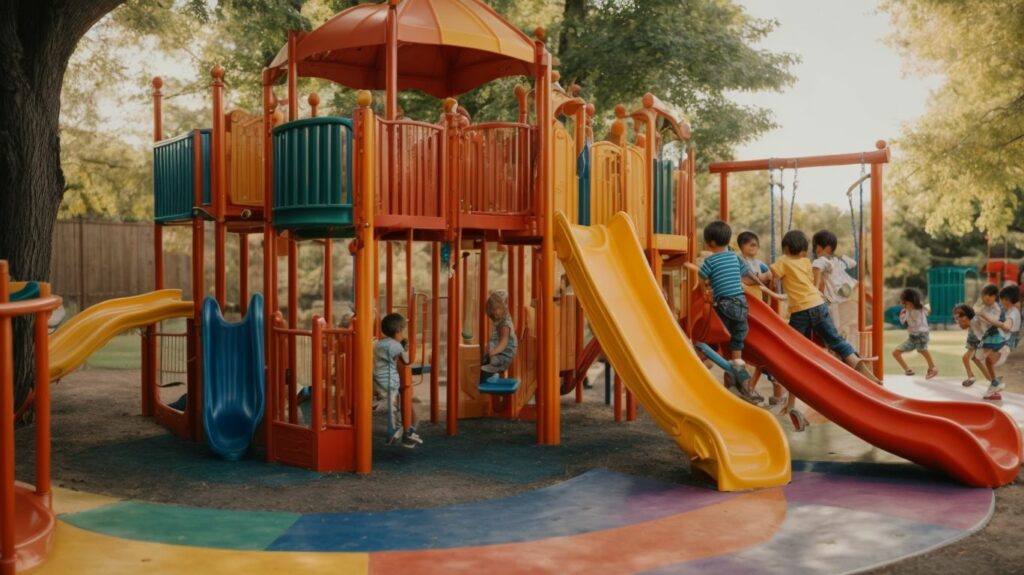


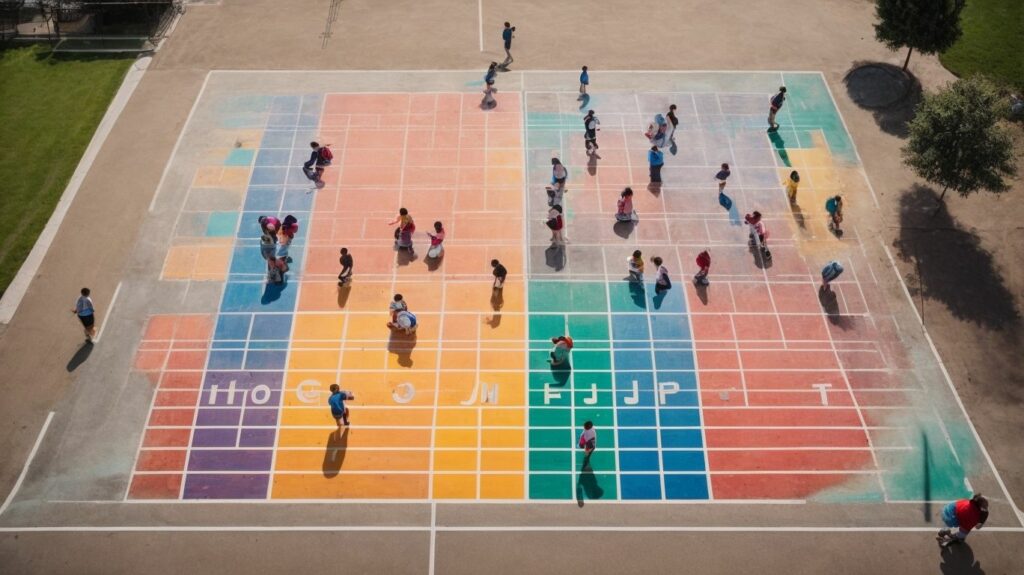
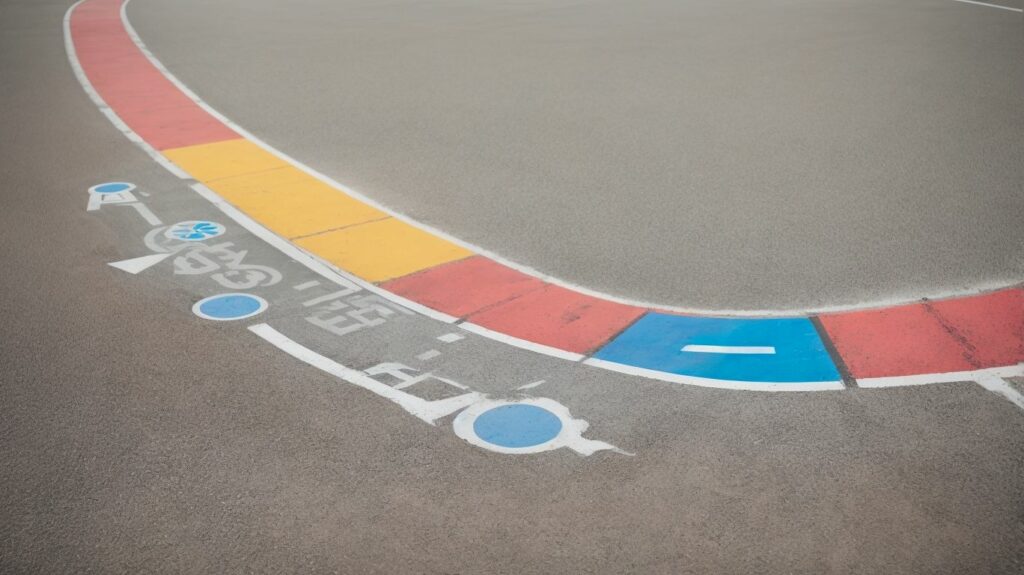
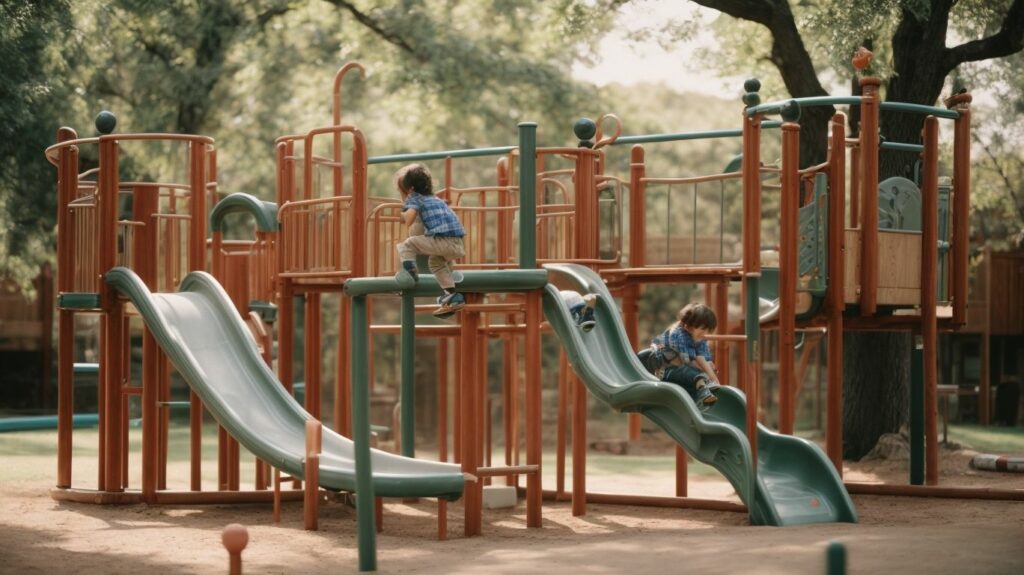
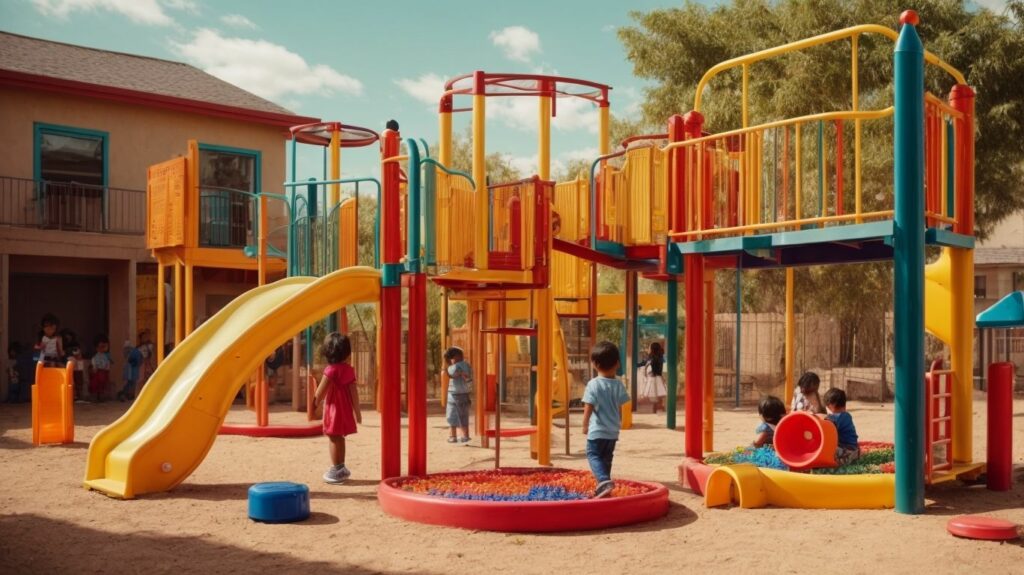
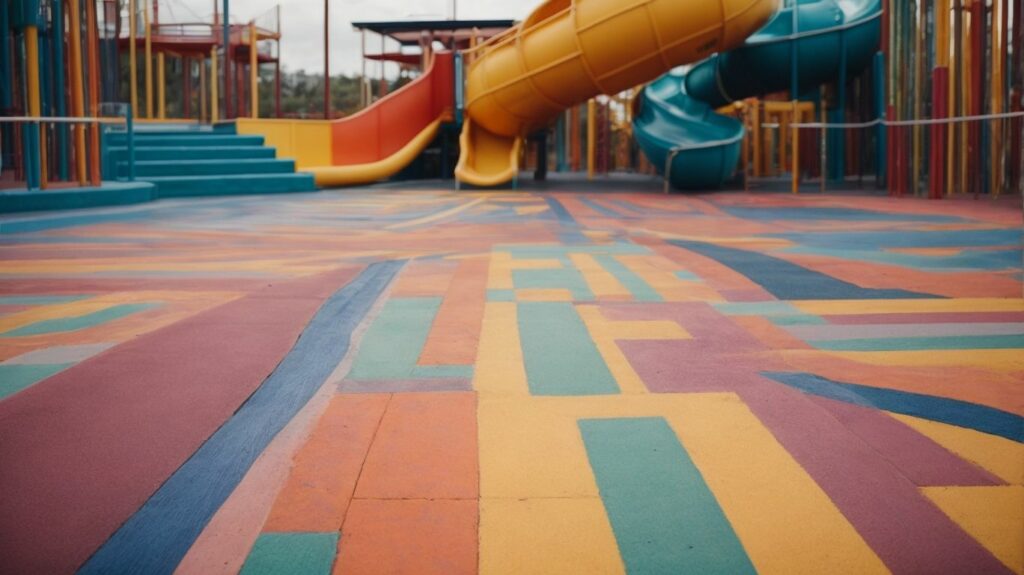
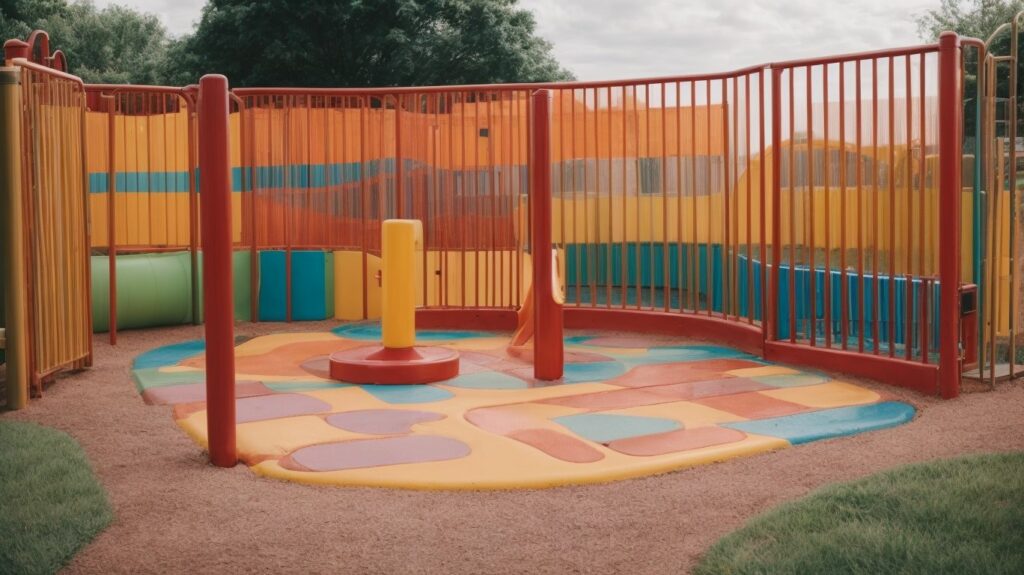
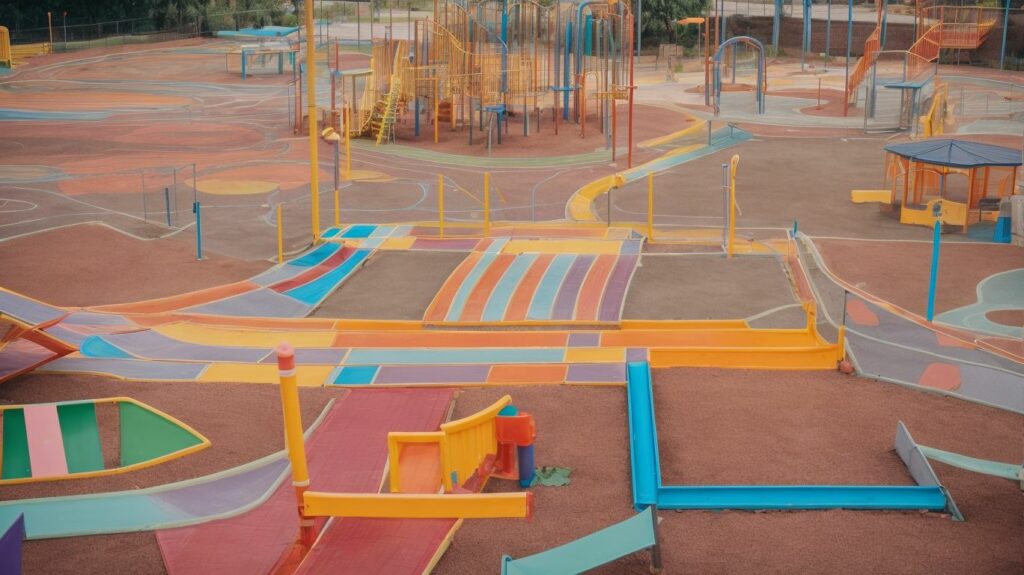
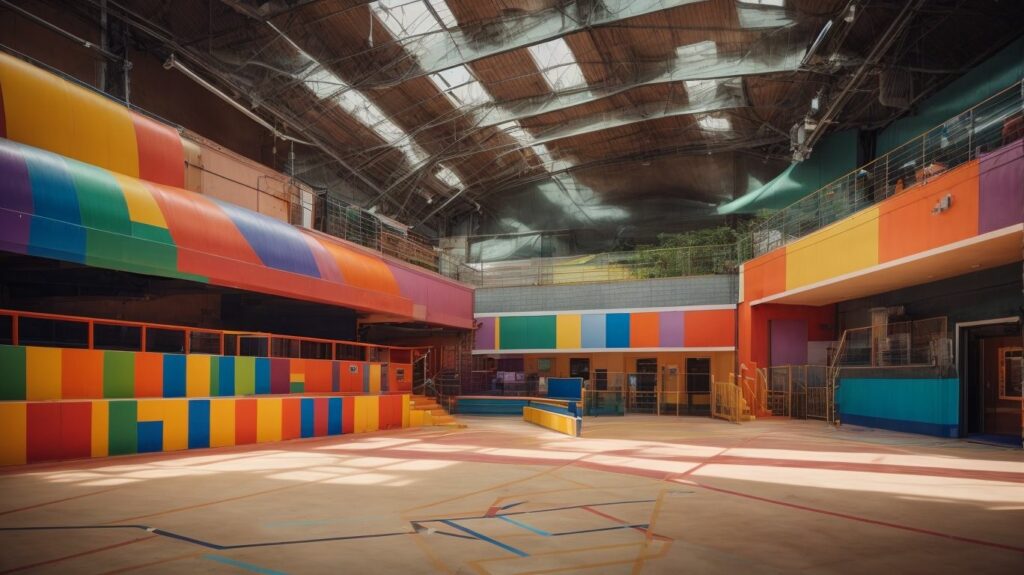
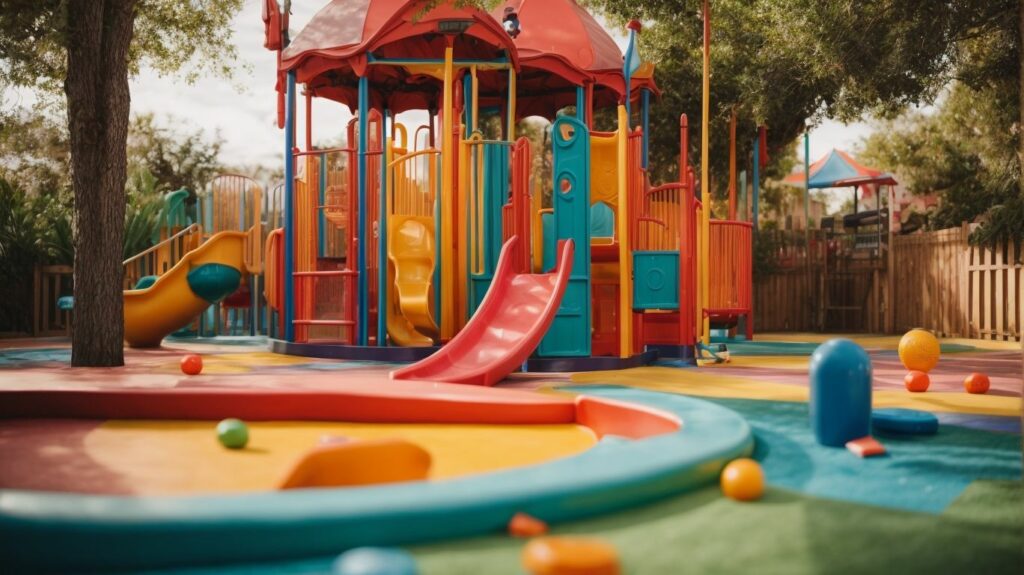
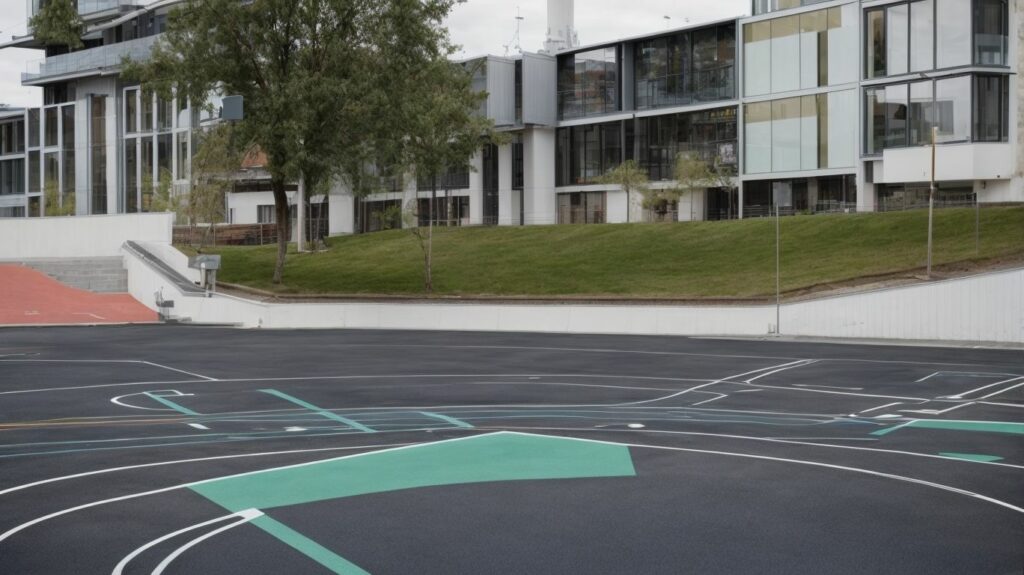
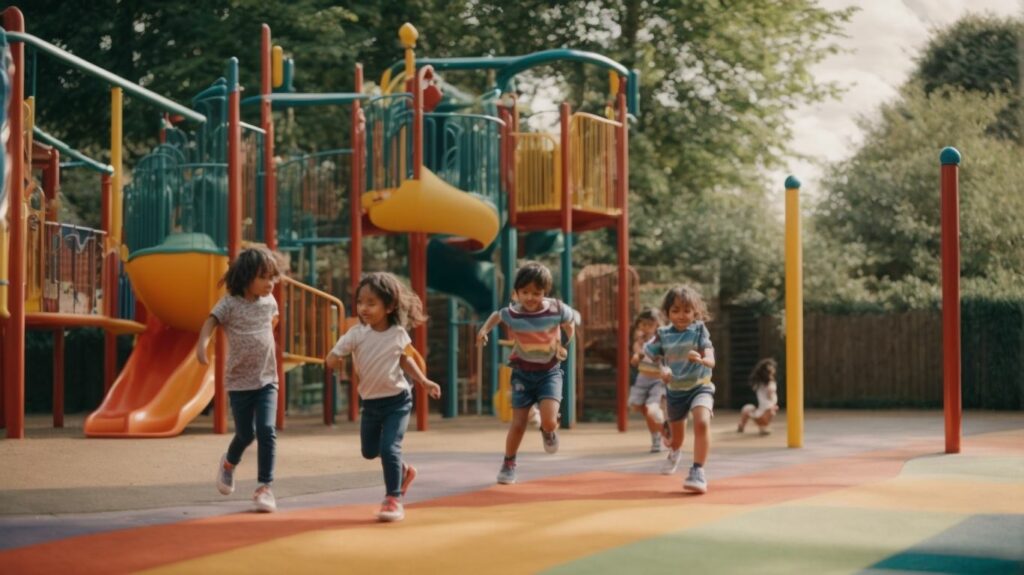

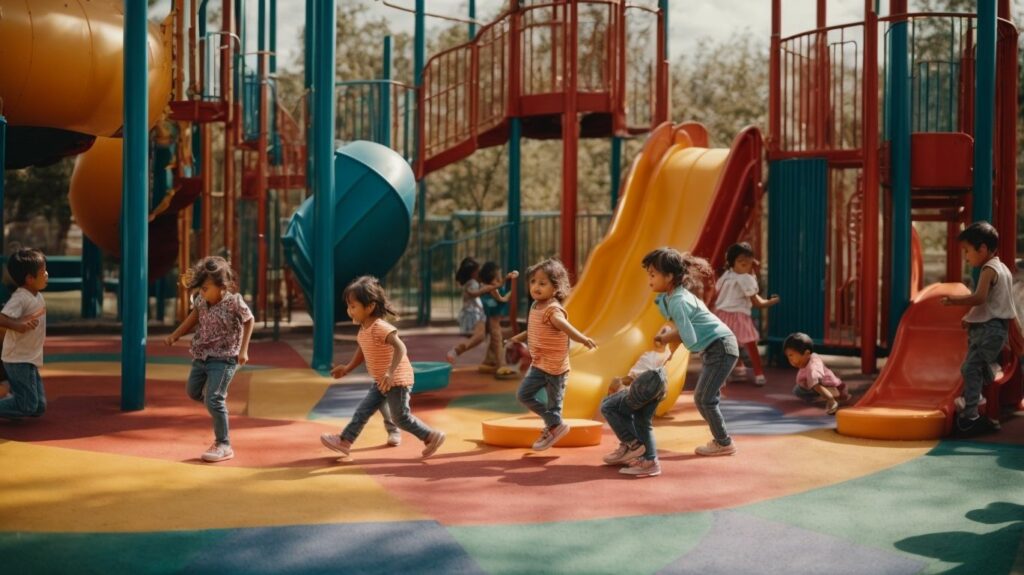
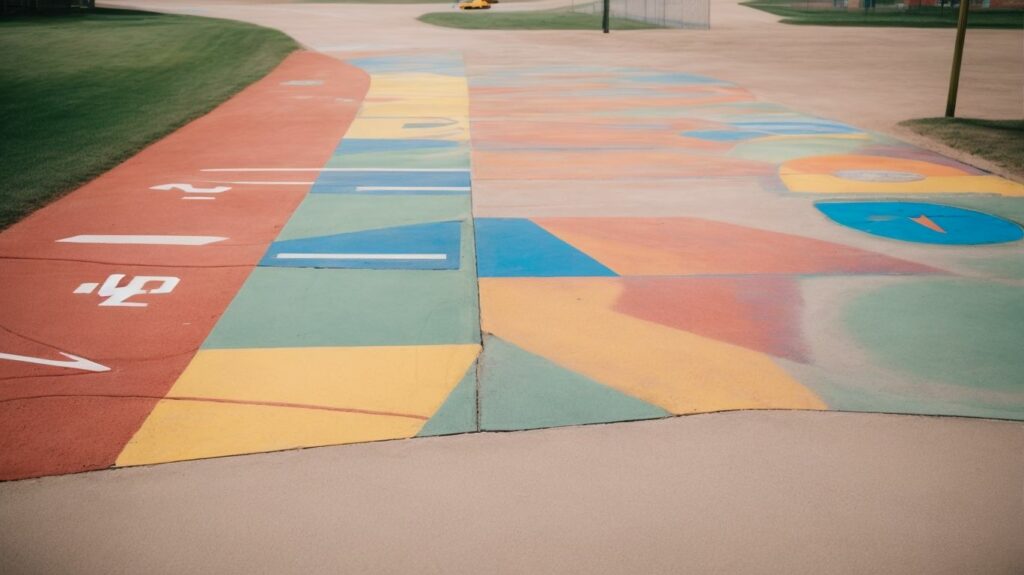
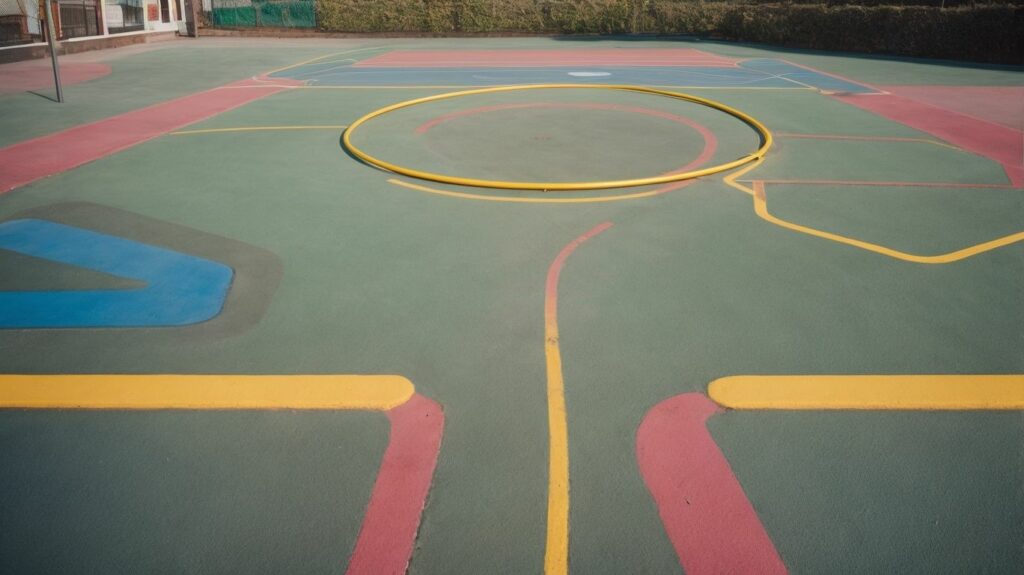
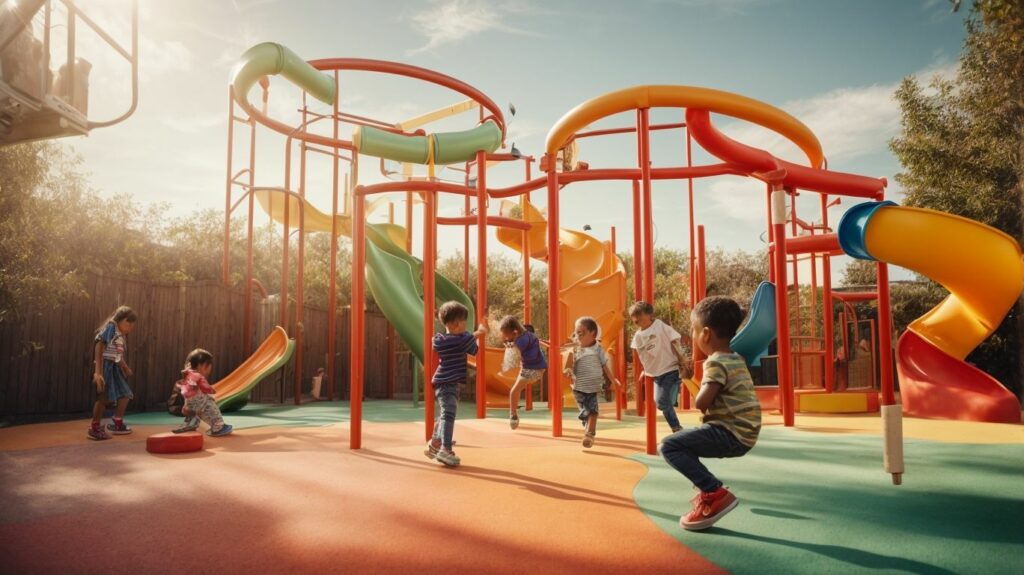
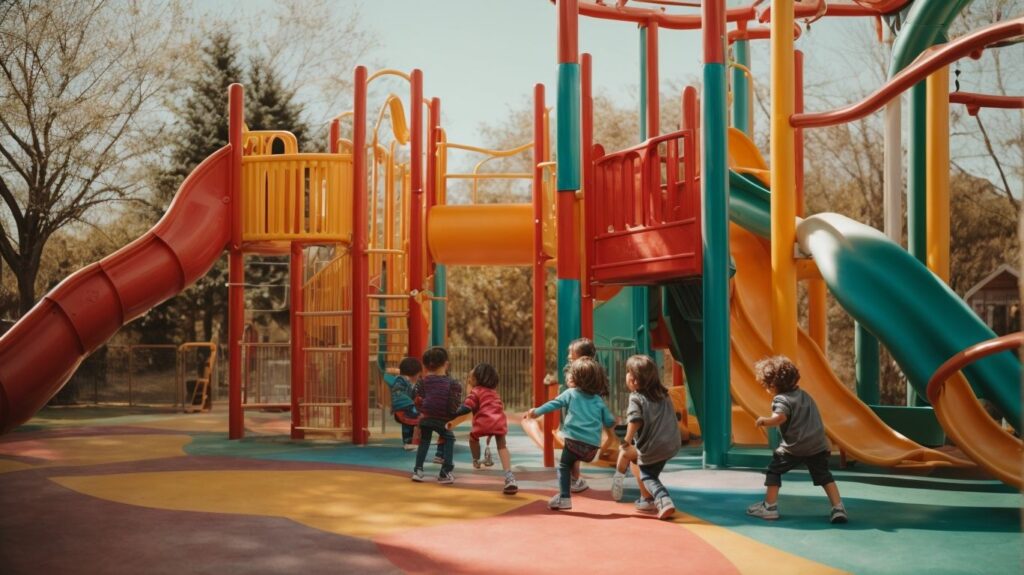
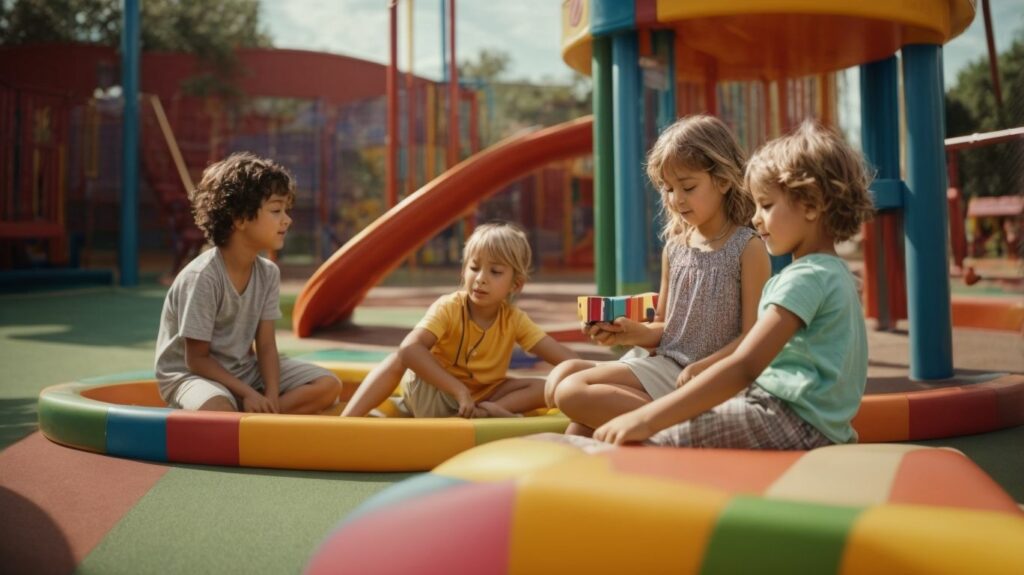
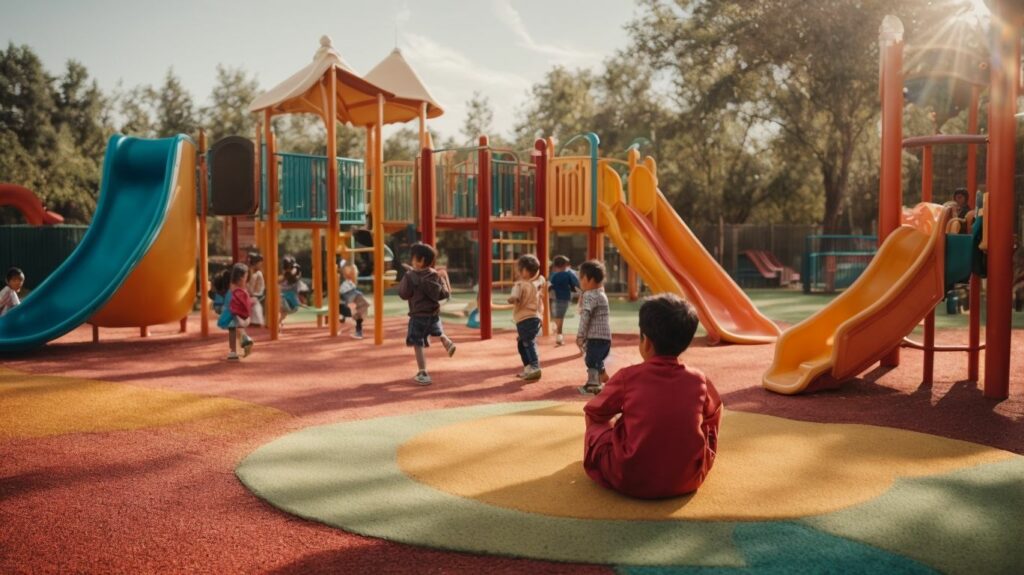





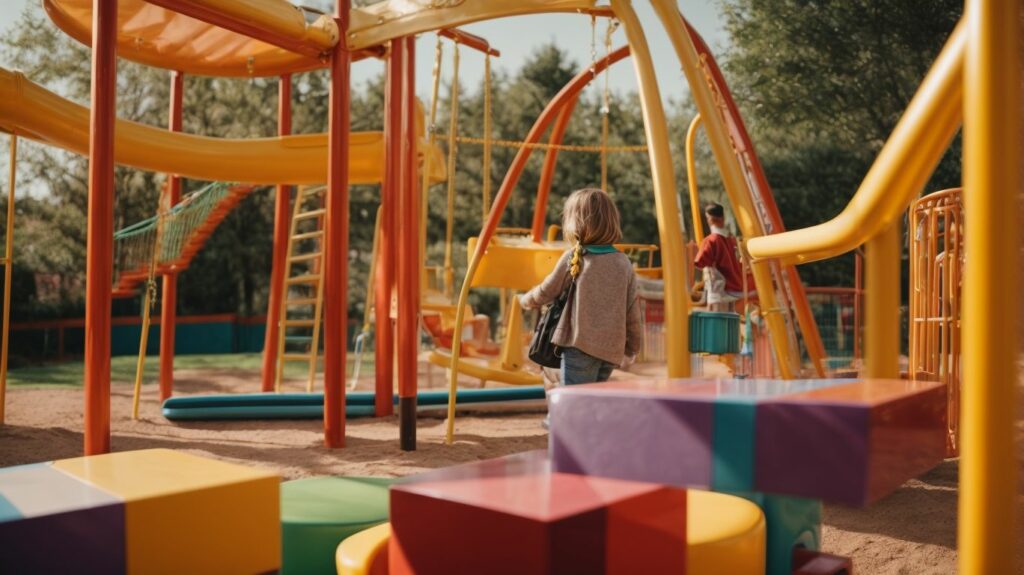
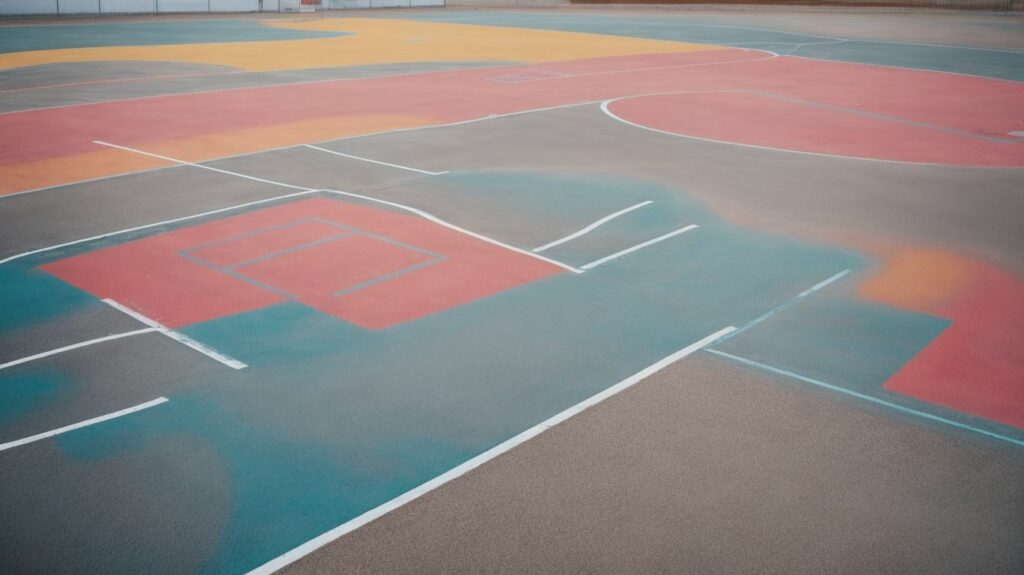
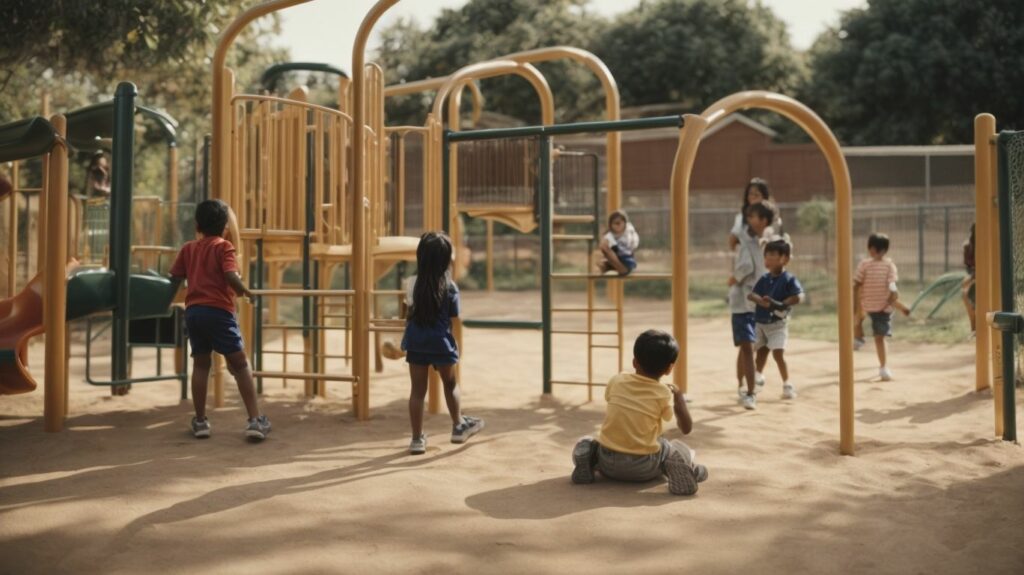
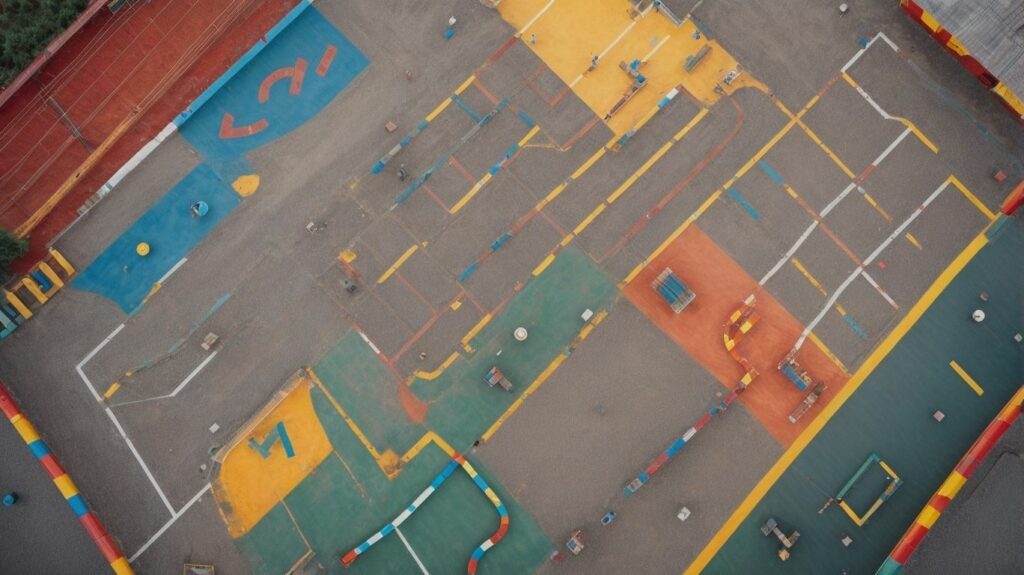
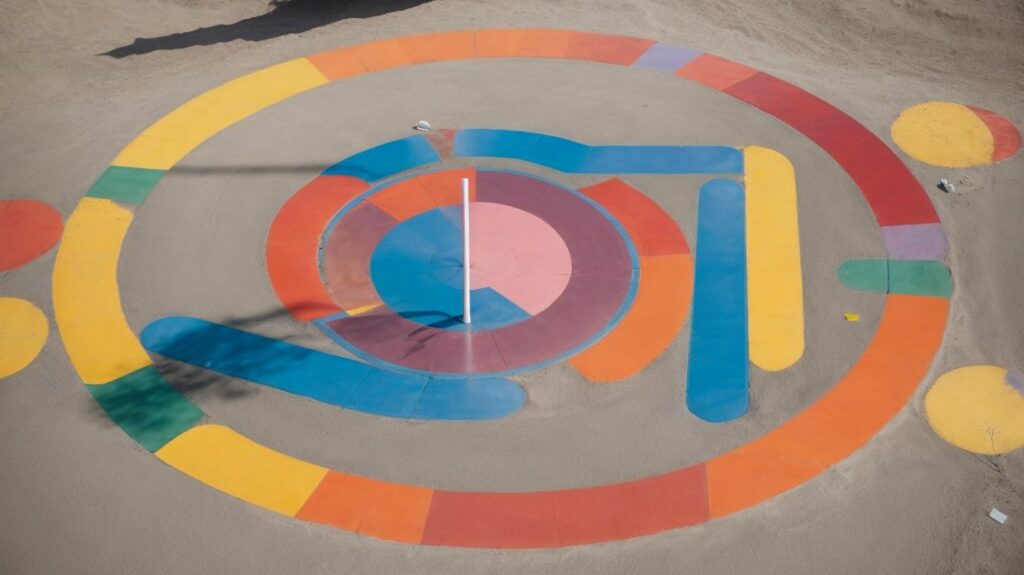
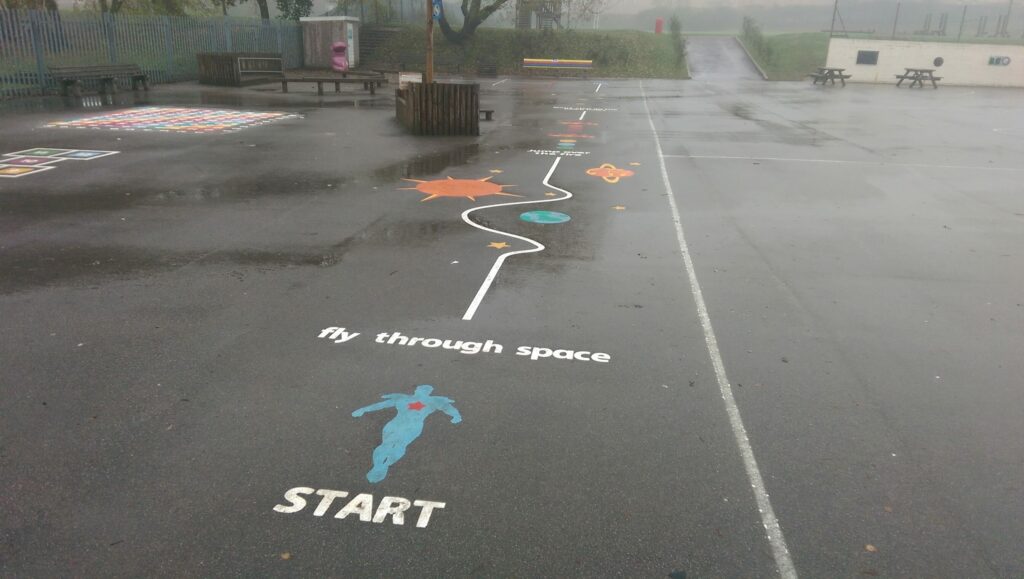
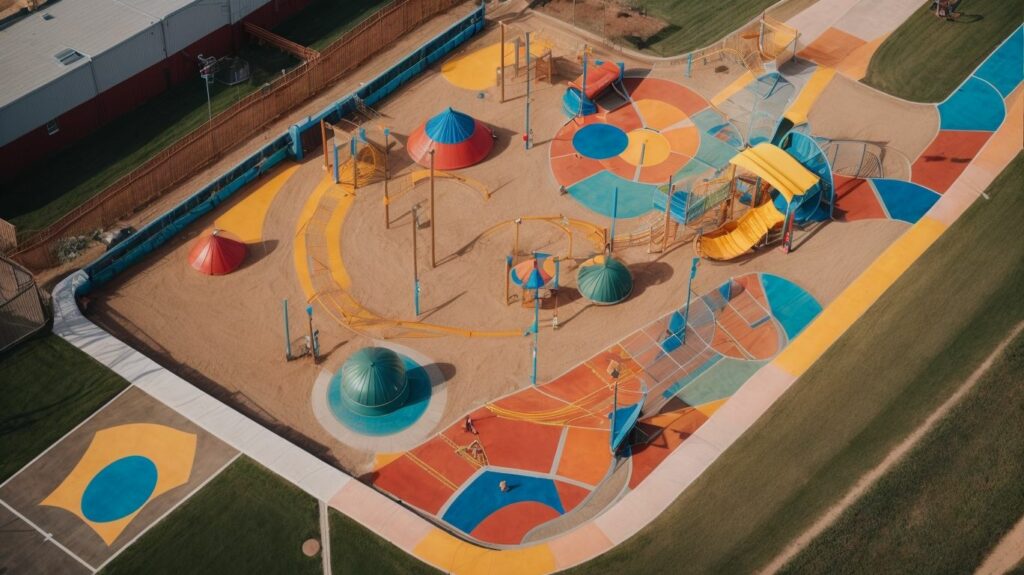
We Aim To Reply To All Enquiries With-in 24-Hours